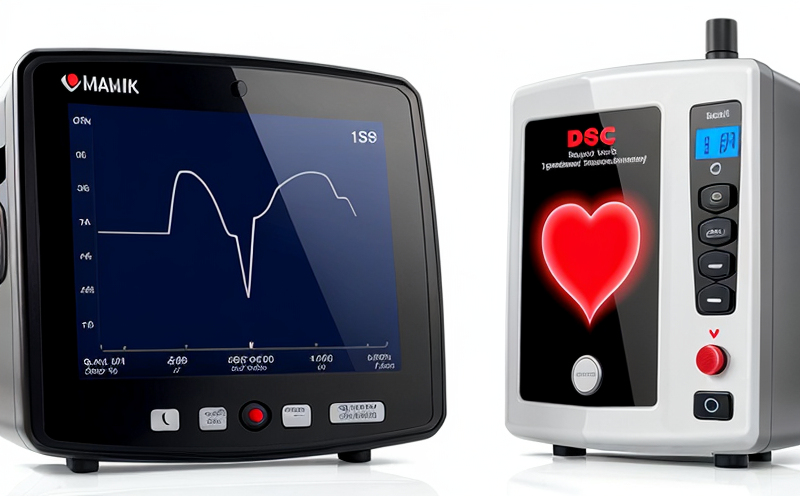ISO 25539-3 Vena Cava Filter Deployment Force Testing
The ISO 25539-3 standard provides a comprehensive framework for the testing of vena cava filters, specifically focusing on the deployment force. This test is crucial in ensuring that medical devices meet stringent safety and performance requirements before being introduced into clinical practice.
Deployment force is an important parameter as it directly influences the stability and effectiveness of the filter during its intended use. High deployment forces could lead to tissue damage or migration, while low forces might result in insufficient support for blood clots. The test aims to standardize the measurement of these forces under controlled conditions.
For a vena cava filter to be considered compliant with ISO 25539-3, it must pass several critical criteria. These include achieving deployment within specified limits and ensuring that the filter does not exhibit any signs of damage or failure during testing. The test setup typically involves placing a specimen in a specially designed fixture that simulates physiological conditions.
The process begins with thorough preparation of the vena cava filter, which includes cleaning and sterilization procedures to ensure accuracy of results. Once prepared, the filter is placed into the fixture where it undergoes multiple cycles of deployment followed by retraction. Each cycle records the maximum force required for complete deployment, providing a critical metric used in compliance assessment.
The testing apparatus used must meet strict calibration requirements and be capable of measuring forces accurately up to 100 Newtons or more. Advanced instrumentation such as load cells and strain gauges are employed to capture precise measurements during each cycle. Data collected from these instruments is then analyzed using statistical methods to determine compliance with ISO 25539-3 standards.
Compliance with this standard ensures that the vena cava filter performs reliably under various loading conditions, thereby safeguarding patient safety and efficacy of treatment. By adhering to this rigorous testing protocol, manufacturers can demonstrate their commitment to quality assurance and regulatory compliance.
Note: The above description provides an overview of what ISO 25539-3 entails; actual implementation will vary based on specific device characteristics and manufacturer requirements.
Scope and Methodology
The following table outlines the key aspects covered by the ISO 25539-3 standard:
| Aspect | Description |
|---|---|
| Deployment Force Measurement | Measuring the force required to deploy a vena cava filter. |
| Cycle Repetition | Performing multiple cycles of deployment and retraction for accurate measurement. |
| Data Analysis | Analyzing collected data to assess compliance with specified limits. |
The methodology involves placing the vena cava filter into a specialized fixture that simulates physiological conditions. The device undergoes repeated cycles of deployment and retraction, during which forces are continuously monitored by high-precision instrumentation.
Data collected from these instruments is analyzed to ensure the filter meets all prescribed criteria for deployment force. Compliance with ISO 25539-3 standards guarantees that the vena cava filter will perform reliably under various loading conditions, enhancing patient safety and treatment efficacy.
Why Choose This Test?
- Ensures strict adherence to international standards.
- Maintains consistent quality across all manufactured batches.
- Facilitates easier market entry by meeting regulatory requirements.
- Reduces risks associated with improper deployment leading to adverse events.
- Provides valuable data for continuous improvement and innovation.
The ISO 25539-3 Vena Cava Filter Deployment Force Testing is essential for any manufacturer aiming to produce reliable, safe, and effective medical devices. By choosing this test, companies demonstrate their commitment to quality assurance and regulatory compliance.
International Acceptance and Recognition
- The ISO 25539-3 standard is widely recognized in the medical device industry.
- Mandated by regulatory bodies in multiple countries.
- Used as a benchmark for quality assurance globally.
This test enjoys broad acceptance and recognition across different regions, making it an ideal choice for manufacturers seeking to expand their global footprint. Compliance with this standard not only facilitates easier market entry but also enhances brand reputation and customer trust.





